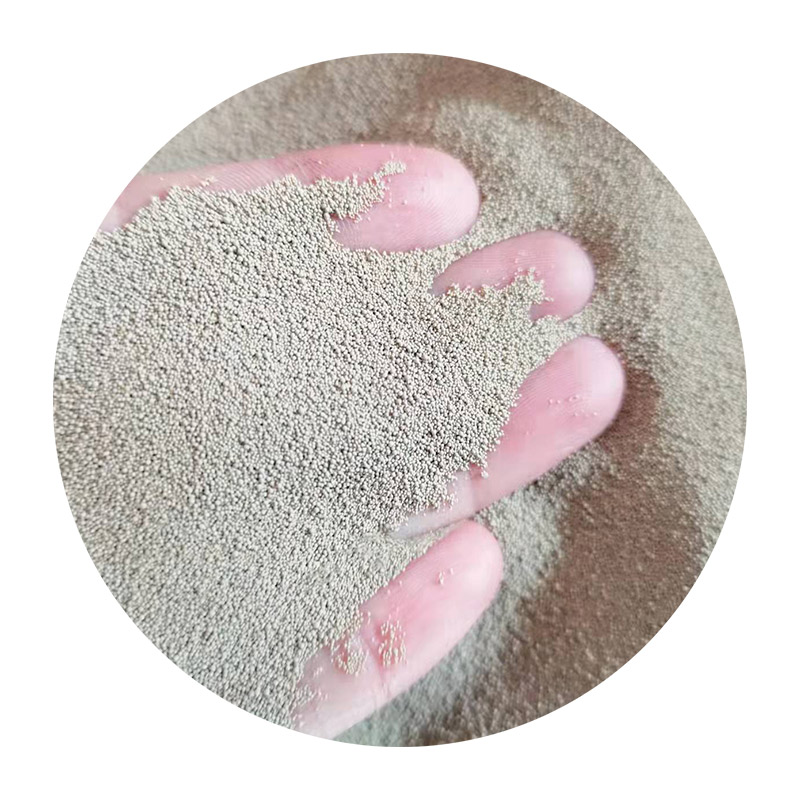Resin Coated Silica Sand A Game Changer in the Foundry Industry
In the world of modern manufacturing and foundry operations, the demand for high-quality materials has never been greater. One product that has gained significant attention for its exceptional properties is resin coated silica sand. This specialized sand is revolutionizing the casting industry, enhancing both the efficiency of operations and the quality of finished products.
Silica sand, primarily composed of quartz, is a natural material that is abundant and versatile. However, its raw form often lacks the necessary characteristics for many industrial applications. To address this, resin coating is applied, which involves mixing silica sand with a thermosetting resin. This innovative process not only improves the sand's mechanical properties but also provides a range of benefits that are vital for foundries.
The first and most significant advantage of resin coated silica sand is its superior strength and durability. When traditional sand is used for casting, it can crumble or deform under high temperatures, leading to defects in the final product. Resin coated sand, however, exhibits excellent resistance to thermal shock and mechanical abrasion. This strength allows it to maintain its shape during the casting process, resulting in cleaner and more precise casts.
Another critical aspect is the improvement in surface finish quality. The fine particles of resin coated sand can create a smoother surface on the cast product, minimizing the need for post-processing. This attribute is particularly valuable in industries where aesthetics and precision are paramount, such as automotive and aerospace components. A smoother finish not only enhances the visual appeal of products but also reduces friction and wear in moving parts, thus extending their lifespan.
resin coated silica sand

Moreover, resin coated silica sand offers enhanced permeability compared to traditional casting sands. The unique formulation allows for better gas venting during the casting process, which is crucial in preventing defects such as blowholes and inclusions. This increased permeability ensures that gases escape efficiently, resulting in a higher quality pour and improved casting integrity.
Environmentally, resin coated sand presents a more sustainable option. The thermosetting resins used in the coating process can often be sourced from eco-friendly materials, and the sand itself is recyclable. Foundries can reuse resin coated sand multiple times, reducing waste and lowering operational costs. This circular approach aligns with the growing emphasis on sustainability within the manufacturing sector.
In addition to its practical benefits, the use of resin coated silica sand can also lead to economic advantages for foundries. With enhanced performance characteristics, there is less need for rework or scrap, thus reducing material costs and increasing overall productivity. This efficiency can provide a significant competitive edge in today’s fast-paced manufacturing environment.
In conclusion, resin coated silica sand is a remarkable innovation that addresses several challenges faced by the foundry industry. Its superior strength, improved surface finish, enhanced permeability, and sustainable properties make it an invaluable resource for manufacturers. As industries continue to seek ways to improve efficiency and product quality, it is clear that resin coated silica sand will play a pivotal role in shaping the future of casting and manufacturing processes. With ongoing advancements and increasing adoption, this material is poised to redefine standards across various sectors, marking a significant step forward in industrial material technology.
Post time:ಆಕ್ಟೋ . 21, 2024 18:53
Next:sand cast foundry
